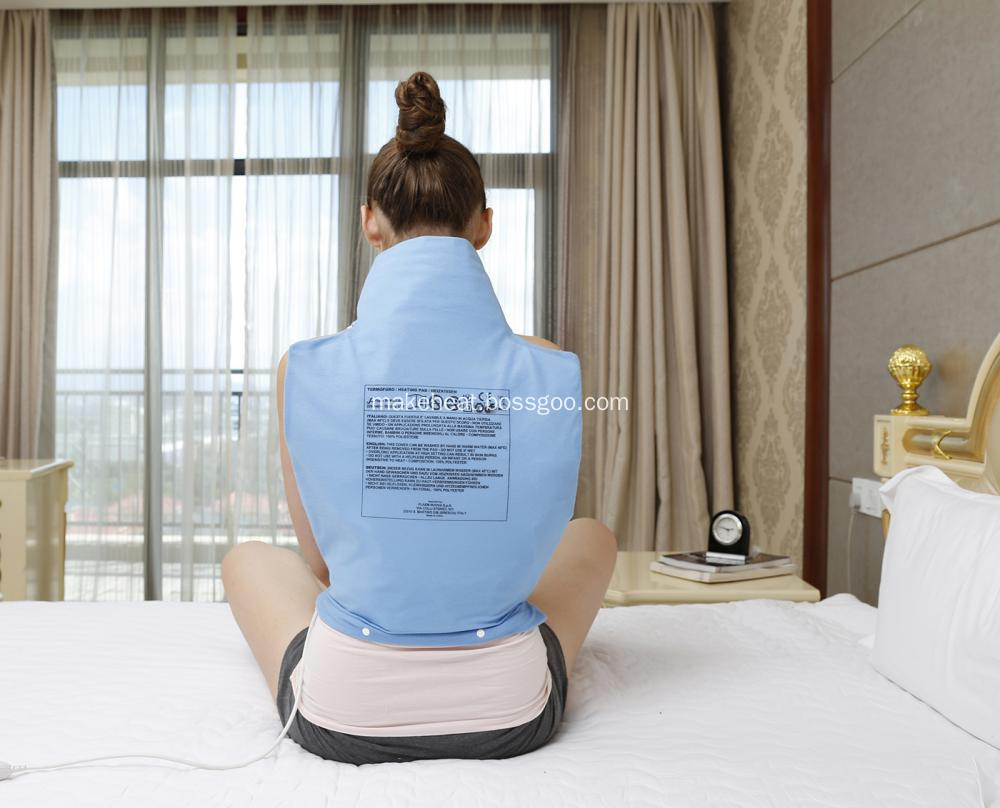Non-pollution vegetable sulfur fertilizer application technology
Sulfur is a component of sulfur-containing amino acids, proteins, and many enzymes that are formed and present in the glycoside oil of onion, garlic, and cruciferous plants. In recent years, due to long-term application of high-concentration non-sulfur-containing fertilizers (such as urea, ammonium phosphate, potassium chloride, etc.), some crops that require more sulfur (such as soybeans, onions, garlic, etc.) have not grown well.
The lack of sulfur in vegetables. Sulfur deficiency of vegetables, plants generally lack of green, inhibited growth later. Generally, yellowing begins on the young leaves (buds), and the veins first deplete green throughout the whole leaf. When the leaves are severe, the old leaves turn yellow or even white, but the leaves are still green. The stems are weak, the roots are not branched, the flowering is delayed, the empty shell rate is high, and the fruit is small. When the supply of nitrogen is sufficient, the symptoms of sulfur deficiency mainly occur in the new leaves of vegetable plants. When the supply of nitrogen is insufficient, the symptoms of sulfur deficiency occur on the old leaves of vegetables.
Excessive sulfur in vegetables. Excessive application of sulphur fertilizer under field conditions can cause abnormal growth and metabolism of vegetable plants, with dark red or yellow leaves. The leaves have water stains, which develop into white necrotic spots when severe.
Sulphur fertilizers suitable for vegetables and their application methods. Commonly used in the production of sulfur-containing fertilizers are gypsum, sulfur, calcium, ammonium sulfate, potassium sulfate and so on.
Gypsum is the most important sulphur fertilizer, which is directly crushed into powder by gypsum ore and is slightly soluble in water. Generally, it should be applied to the vegetable field through a 60-gauge sieve. There are three kinds of agricultural gypsum: raw gypsum, calcined gypsum, and phosphogypsum.
Gypsum: ordinary gypsum, sulfur content 18.6%. White or gray, slightly soluble in water. It should be ground before use and passed through a 60 mesh screen.
Plaster of plaster: Also known as alabaster, it is derived from the dehydration of raw gypsum, which is easy to grind, with pure white color and strong hygroscopicity. After absorbing water into ordinary plaster, easy to block, should be stored in a dry place.
Phosphorus-containing gypsum: It is the residue generated after sulfuric acid decomposes into phosphorite powder to produce phosphoric acid. The main component is gypsum, about 64%, sulfur 17.9%, acidic reaction, easy to absorb moisture.
Gypsum is applied as fertilizer to the soil to provide not only sulphur but also calcium. When the soil available sulfur is less than 10 mg/kg, gypsum should be applied. Can be used as base fertilizer, top dressing and seed fertilizer. The dry land is used as a base fertilizer, and 15-25 kg of gypsum powder is applied to the surface of the land per acre, and is ploughed and mixed. For fertilizer, the amount of 3-4 kg per mu.
In addition to being used as fertilizer, gypsum is mainly used to improve the alkaline earth. When applied, it is deeply turned after spreading the soil surface, and it is combined with irrigation to wash away salt. The plaster has a long time-effectiveness. In addition to the effect of the year, sometimes the second and third years are effective. Better, it doesn't have to be applied year after year.
Sulfur is mostly powdery, hardly soluble in water, irritating to the skin and easily catching fire, and should not be added to compound fertilizers. It is generally granulated with bentonite. In the soil with high leaching strength, the fertilizer effect is better than that in the dry soil. The effect of fertilizer in cruciferous, leguminous and bulbous vegetables is better than that of gramineous vegetables.
Sulfur fertilizer can be used as base fertilizer and top dressing, and the dosage is generally about 5 kg per mu. Apply as much as possible to the soil. As a base fertilizer withdrawal, the application period should be earlier than the plaster, the amount of 1-2 kilograms per acre. Used to improve alkaline earth, its application method and gypsum the same. However, the amount should be reduced accordingly.
In regions with high temperatures and high rainfall, organic matter is not easy to accumulate, and sulfate ion is lost more, which is an area prone to sulfur deficiency. Sandy soils are also prone to sulfur deficiency. When the content of available sulfur in the soil is less than 10 mg/kg, the vegetable plants are most likely to suffer sulphur deficiency. However, poor soil waterlogging and sulfur poisoning may also occur.
Therefore, sulfur fertilizer should be applied to sulfur-deficient soil. There are cruciferous and leguminous families that require more sulfur. High-yield fields and long-term use of non-sulfur-containing fertilizers should pay attention to the application of sulfur fertilizers. (Wang Dixuan)
Back Heating Pad belongs to Heating Pad. It is a specific kind of heating pad that is used typically for relaxing pains & soreness caused to human backs.
It has 4 temperature settings, as per normal heating pad. The consumers can choose whichever heat settings according to their actual needs. The back heating pad also has the function of automatic shut off, ranging from 90 minutes to 2 hours, depending on consumers' actual needs.
Below image for reference to know the product better.

Back Heating Pad
Therapeutic Heating Pad, Electric Heat Pads, Moist Heating Pads, Heating Pad for Back
Ningbo JustLive Electrical Appliance Co., Ltd , https://www.makeheat.net